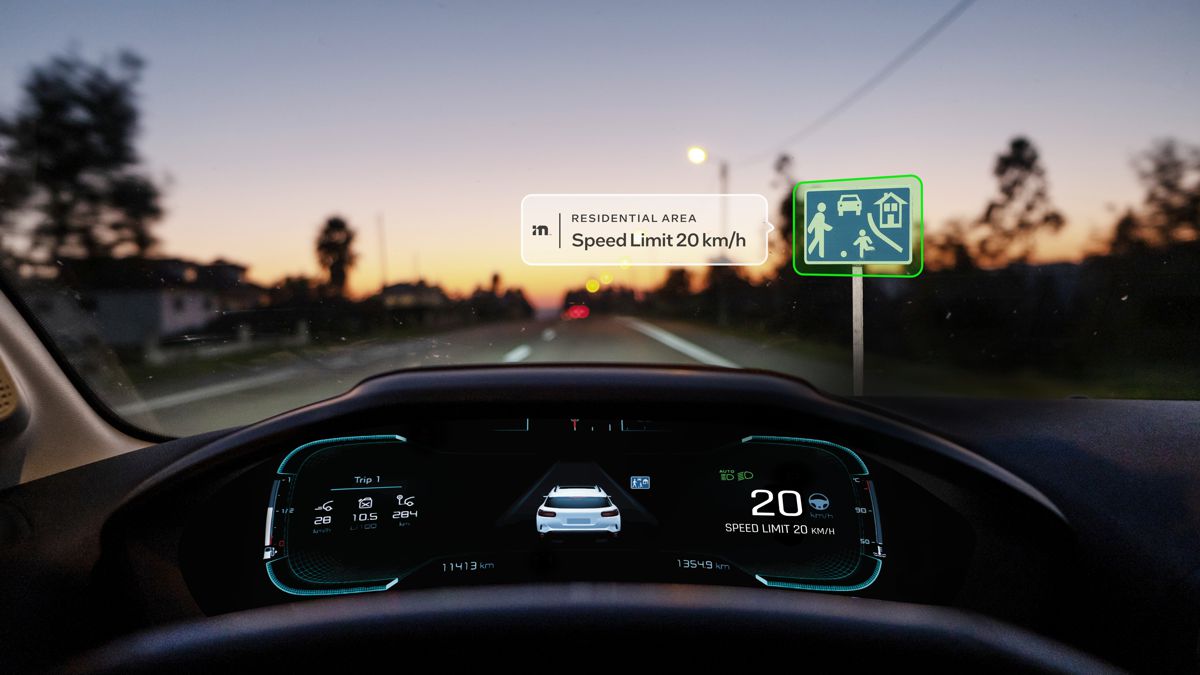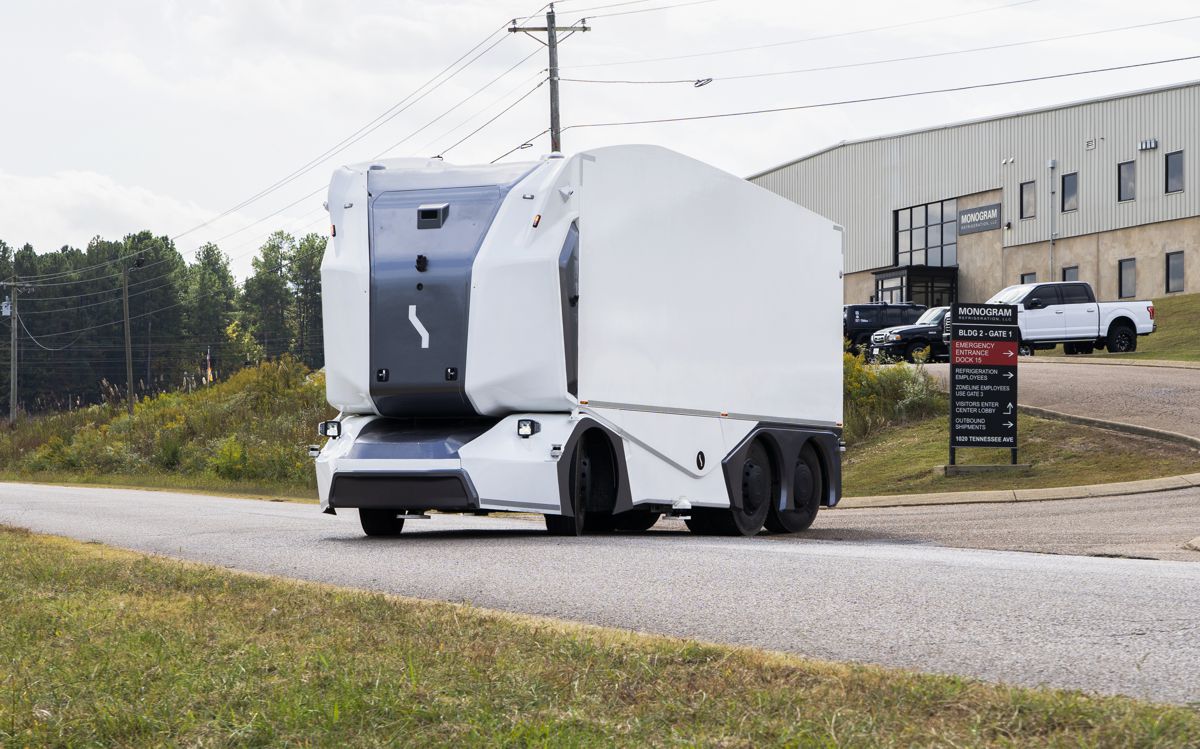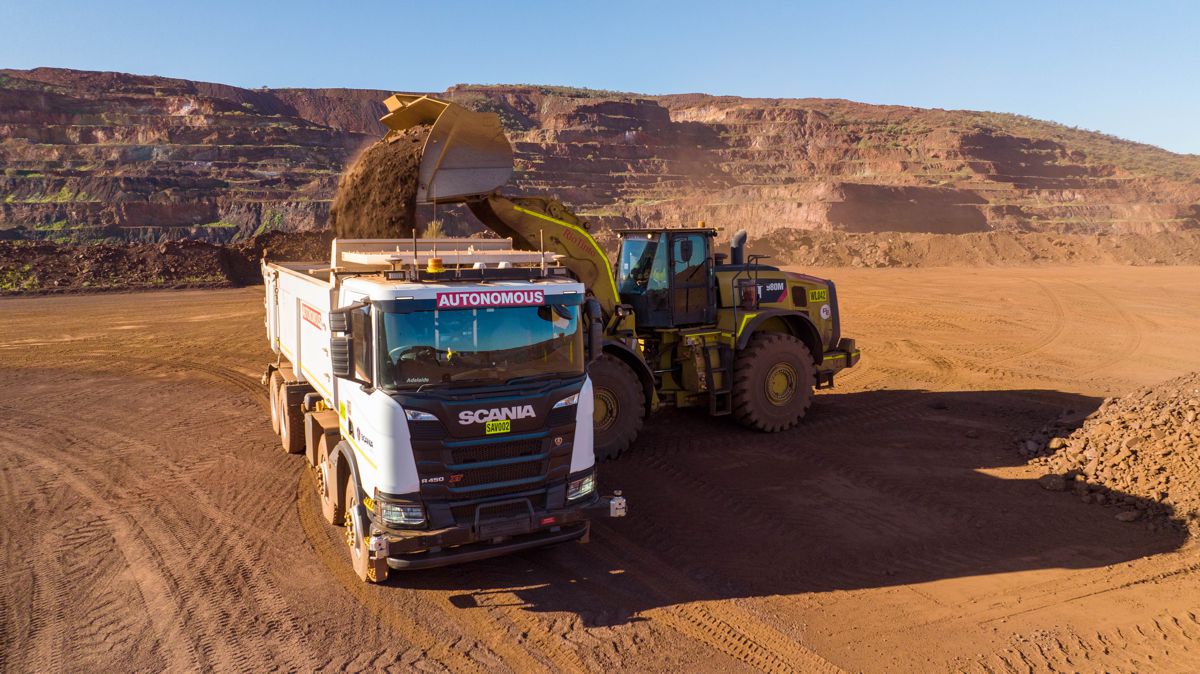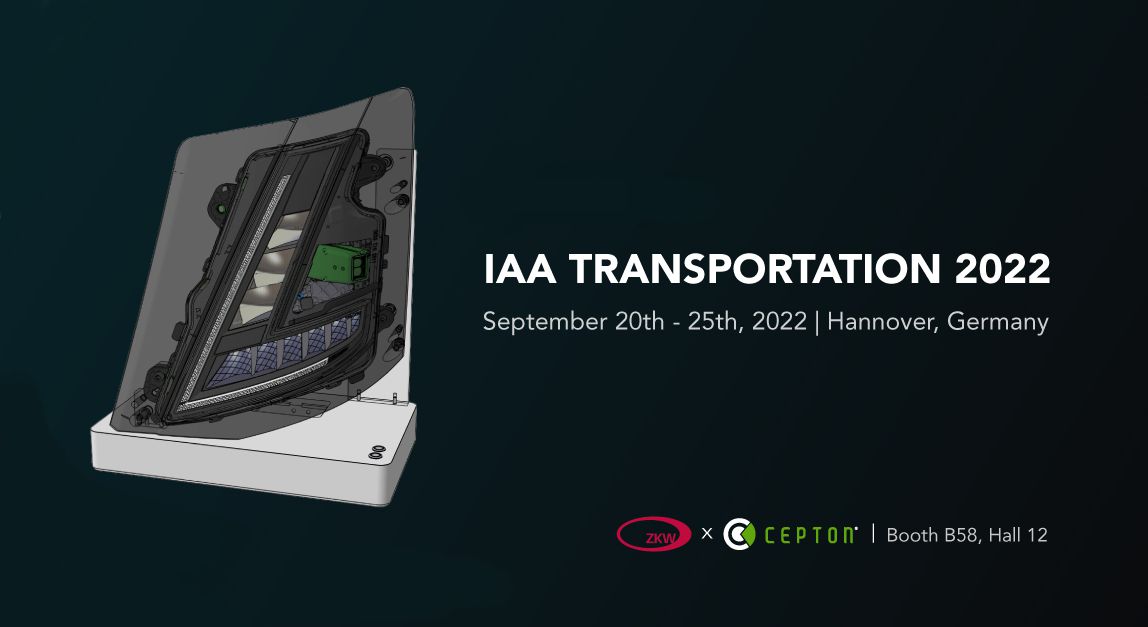Supporting the evolution of Connected and Autonomous Vehicles
Connected and Autonomous Vehicles (CAVs) are closer than they‘ve ever been, but as the challenges of bringing concepts to market become more evident, so too does the value of specification and validation support services for OEMs.
In this article Alastair Evanson, Head of Commercial for ASSURED CAV at HORIBA MIRA, explores these issues:
“There are some who believe that the driverless car revolution has stalled since the ‘peak hype’ of 2015. In fact, the reality is far more pragmatic. What if it’s not a revolution at all, but more an evolution? Because whilst the initial technology and idealistic concepts moved forward at a fast pace, the challenges of bringing such a new concept to market inevitably take longer.
“Driverless cars are certainly closer than they’ve ever been. Many of those early innovators are now in the validation stage; designing and undertaking complex, comprehensive test programmes which span digital and physical tests, to ensure the safety of their product. However, it’s a lengthy process.
“Bringing any new product to market is hard. For something on this scale, which has the potential to fundamentally shift our way of living and where the risks of failure could be fatal, it is incredibly challenging.
“That’s why this last hurdle in the development of CAVs was always going to be a difficult one to navigate, but good progress continues to be made. In fact, a report launched in January 2021 by the Department for Transport and Centre for Connected and Autonomous Vehicles notes that the CAV sector is very much on the cusp of deployment – set to be worth nearly £42 billion by 2035, with the potential to create nearly 40,000 skilled jobs.”
Supporting CAV innovation
“I can say with confidence that progress continues to be made because HORIBA MIRA is at the forefront of such development. Our £100million ASSURED CAV centre provides a unique ecosystem of advanced facilities and technologies which support the industry in bringing vehicle development cycles forward and edging closer to the deployment of CAV technologies. It combines physical and digital infrastructures to provide a behind-closed-doors location, where development work can be undertaken safely and securely.
“As the Department for Transport notes in its report, the Government has worked since 2015 to make the UK one of the best places in the world to develop and deploy CAV technology. It is the only place worldwide with the capability to take ideas from concept to development both virtually and physically. ASSURED CAV forms part of CAM Testbed UK, an industry government initiative co-funded by the Centre for Connected Autonomous Vehicles to ensure the UK is leading when it comes to CAV development.”
CAV services
“Combining a specialist team with world-leading validation facilities, HORIBA MIRA works with companies to ensure the validation and verification of connected automated technology.
“For some, this consists of the physical environment in which to undertake testing programmes. As a partner of ASSURED CAV, an OEM can bring their specification, undertake virtual testing using state of the art technology including digital twins and use our road setups for safe, physical testing within a controlled environment.
“For others, we can provide a full consultancy service alongside, with engineering capabilities to support OEM, Tier 1s and start-ups to achieve their commercial goals. Take a manufacturer which has developed a specific technology, for example, but doesn’t know how to take it to market in a robust manner. Our specialist team can help them to understand what they require and develop a test system to help them get there, identifying where it will drive and under what conditions in order to design a system and subsequently a rigorous test programme.
“This full cycle of services provides everything an OEM would need to get over that final hurdle and launch a product to market – from pre-concept technical and commercial consultancy, through to concept benchmarking, identification of design and hardware requirements, digital/physical testing and verification.
“There is no doubt it’s a challenge, but with collaboration from the Government and industry, CAVs are edging closer.
“The evolution continues.”













